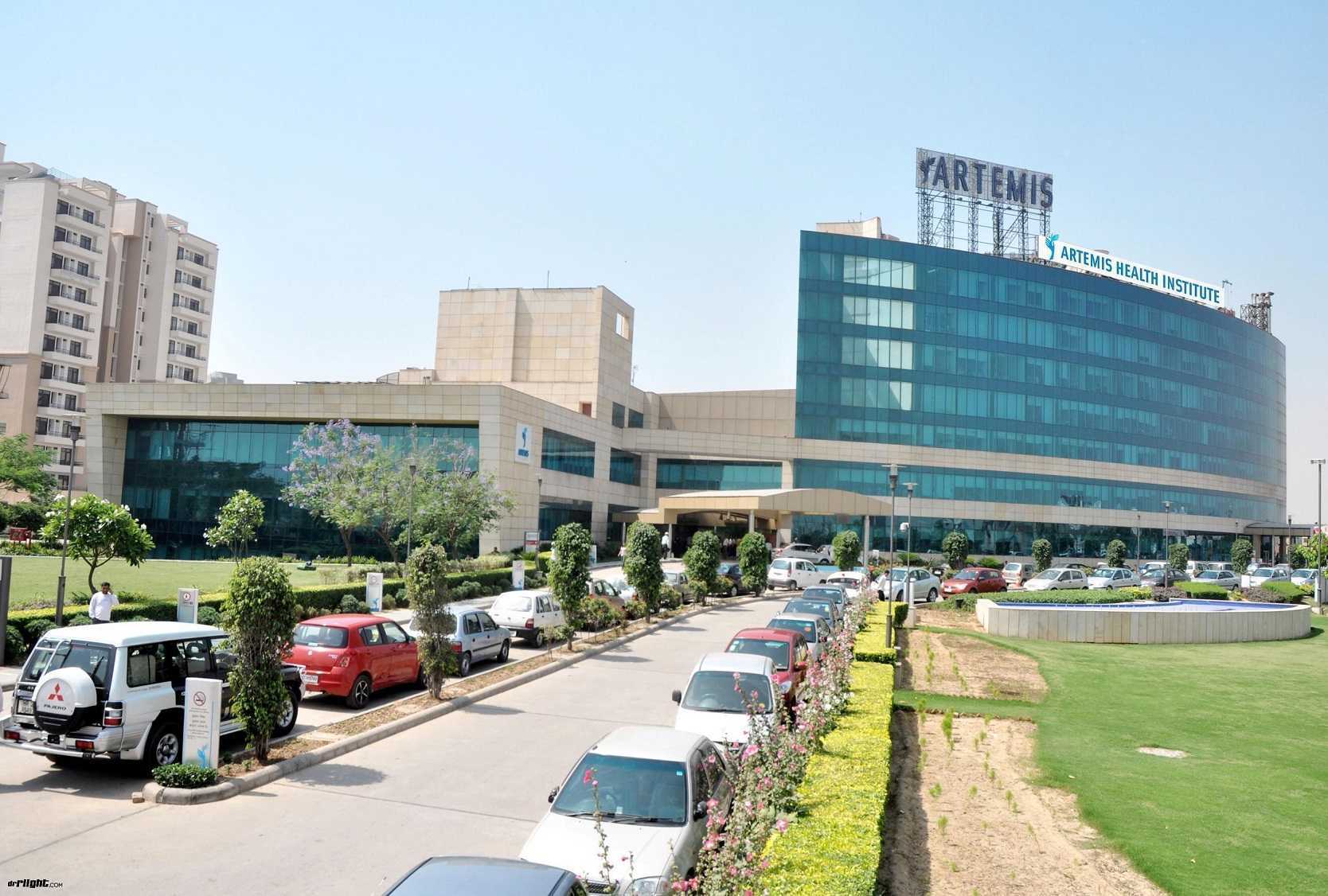Causes of Jaw Deformity. Treatment Methods
Jaw deformity – a deviation in the jawbone structure. Pathology affects the bite formation, distorting the jaw appearance. Over time, the deformity can progress, changing more and more, and damaging the surrounding soft and bone tissue.
There are the following jaw deformity types.
- Jaw bone (upper, lower jaw deformity or separate parts) isn’t sufficiently developed – prognathia.
- Opposite of the aforementioned pathology – retrognathia – excessive jaw development.
- Open bite.
Jaw deformities causes
- Genetic jaw deformity – frequent cause for pathology onset in adults.
- Milk teeth were lost too early. Because the physiological tooth loss process has been disturbed, molars change their position during eruption. If an adult has had a tooth removed, regardless of the cause, it can provoke deformity development.
- Anomalies in the jaw apparatus development. It may be grounded by diet peculiarities, in particular, lack of certain elements, the poor food quality and so on.
- Positional deformity of the jaw in newborns – incorrect teeth position in the “embryo” state. Axis along which a tooth row erupts and then grows is deviated – consequently, the jaw is deformed.
- Wisdom teeth erupt already with fully formed other teeth, thus, they can displace them and provoke deformation.
- Pathologies of otolaryngological nature.
- Violations in the spine structure, posture, joints dysfunction and the like.
Symptoms of jaw deformity development
Common symptomatology of deformity presence in the jaw are the following:
- the upper jaw is quite small in size, while the lower jaw is huge; teeth develop in the same way;
- the lower jawbone is small, in contrast to the upper;
- front teeth row doesn’t come into contact with the lower one;
- when smiling, the upper teeth protrude strongly;
- the chin size is very small;
- one jaw angle tilted to the side – asymmetry.
Actually, to have a clear vision of this pathology, you can see different jaw deformities pictures. It helps you to identify the deformity in time and consult a specialist.
Diagnosis of jaw deformity
Jaw deformity is visible when examining the patient. To determine internal defects, specialists prescribe an X-ray. Additionally, orthodontists can prescribe a CT teeth scan – it’s required if necessary for surgical intervention. CT scan is used to create the teeth impression – a model will be used to create the jaw row.
Jaw deformities treatment
Jaw deformities are eliminated by one of the following jaw surgery methods, or a combination of some of them.
- Upper jaw moving in a given direction – inside the oral cavity, the surgeon makes incisions and moves the deformed parts.
- Sagittal osteotomy – moving the mandible – incisions are made internally with a small incision on the outside of the cheeks surface.
- Genioplasty – chin relocation – the jawbone remains in its natural position and doesn’t move.
If the deformity manifests itself at an early age, the patient is prescribed braces. It’s a kind of device being able to change the teeth position, aligning them and modifying the bite. Braces are selected individually – the orthodontist relies on a model made from the patient’s original teeth. With a strong deformation, the braces won’t be effective enough even if pathology is found in children.










